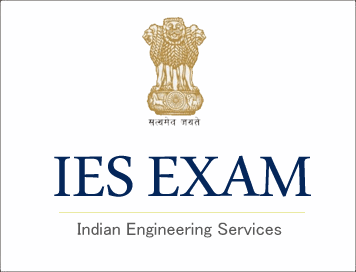
Paper : IES General Economics Previous Year Paper (2003)
PAPER - I : SECTION-I
1. (i) Explain the term “Production Possibility Frontier”
(ii) What do you understand by Pareto Optimality?
(iii) What is “Disposable Income”?
(iv) Briefly explain the tem “Phillips Curve.”
(v) What is “Peak-load pricing”? Explain with examples.
(vi) What is meaning of “Economies of Scale”?
(vii) What is the meaning of “Capital Deepening”? 5 × 7 = 35
SECTION-II
Candidates should attempt any five parts of the following question (Answer to each part should be approximately of 150 words)
2. (i) What is “Marginal Productivity Theory of Distribution” ? What are its assumptions?
(ii) Enunciate the law of increasing returns and explain under which conditions law of increasing returns operate.
(iii) “Engel Expenditure Curve relates expenditure on a good to income.” Elaborate the statement with the help of figures.
(iv) What is meant by “Snob-effect”? Is it correct to say that the snob-effect makes market demand less elastic? Elucidate.
(v) Discuss the main features of input-output analysis.
(vi) “Price discrimination results in net loss to the monopolist when elasticity of demand is the same in different markets.” Comment.
(vii) Distinguish between the “Slope’ and “Elasticity” of demand curve. 5 × 15 = 75
SECTION-III
Candidates should attempt any THREE parts of the following questions (Answer to each part should be approximately of 500 words)
3. Private cost and social cost are two important concepts in microeconomic theory. Explain the two costs and point out the differences between them, if any. (30)
4. Discuss Prof. Sen.’s “Social Choice” theory. In what way Sen. departs from Arrow’s social Choice concepts? (30)
5. Define the term “National Income.” What problems normally arise at the time of estimating national income? (30)
6. “Keynesian theory has both practical and theoretical importance even in today’s economic world.” Discuss. (30)
7. Explain the meaning and basic characteristics of linear programming with non-numerical example. (30)
